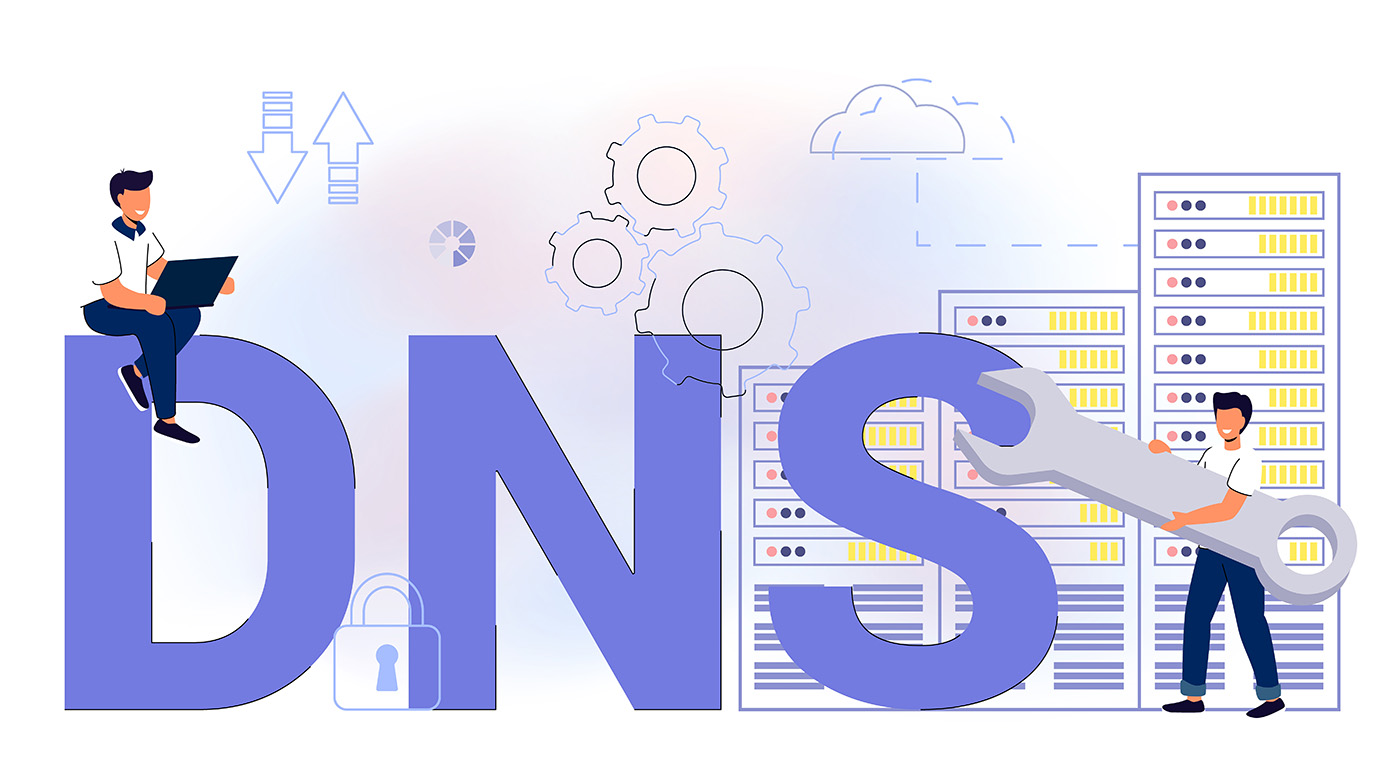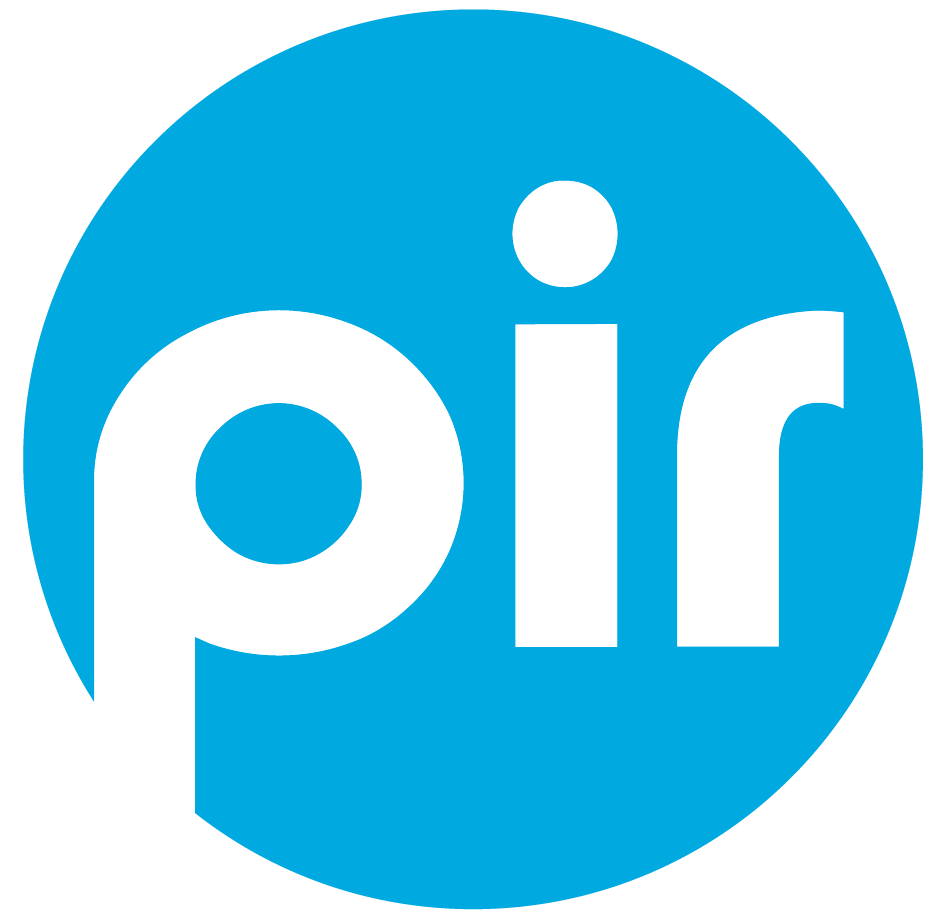QPI: A “Call to Arms” on Responsible Growth
Inma Del Rosal Mendez and Brian Cimbolic from PIR explain how the Quality Performance Index supports a reduction in abusive domain registrations.

©Natali_Mis| istockphoto.com
Public Interest Registry (PIR) is the nonprofit registry operator of .ORG and several other mission-driven gTLDs. As part of our nonprofit mission, we strive to be an exemplary registry, and develop best practices not just for .ORG, but for the broader Domain Name System (DNS).
One of PIR’s cornerstone initiatives is called QPI, or the Quality Performance Index. Launched in 2019, QPI is a PIR channel program that incentivizes registrars that promote and maintain healthy domain registration patterns (e.g., low abuse rates) by providing discounts on the price of .ORG registrations. QPI seeks to promote a healthy .ORG domain space that focuses on creating responsible .ORG registrations while implementing proactive steps to reduce DNS Abuse.
Since the launch of the QPI, we have gained some remarkable insights. First, a proactive abuse approach is good for business, reflected by a significant improvement in renewal rates for both PIR and for those registrars who are eligible and participate in QPI. Second, creating an environment where abuse is less likely to occur results in much less abuse mitigation for registries and registrars.
These outcomes could have a significant impact on the Internet ecosystem, and we are keen to share them with the industry. We invite domain name registries to review the QPI program and its associated benefits. PIR developed QPI so that it can be adapted to fit the needs of individual registries, and we are dedicated to making sure other registries have the tools they need to develop and implement their own version of QPI. Our goal is to encourage more registries (and potentially wholesale registrars) to adopt their own QPI as part of a greater, more global effort to tackle abuse across the DNS. We believe that registries doing so will see the benefits of responsible growth coupled with lower abuse rates.
Developing and implementing QPI
QPI is based on several key performance indicators: abuse relative to new creates, renewal rates, domain usage, SSL usage, DNSSEC enablement, and average term length (ATL). We thank our friends at SIDN, the ccTLD registry operator for .NL, who helped us brainstorm and discuss QPI, since SIDN previously launched its “Registrar Scorecard,” which also focused on registration quality.
QPI is calculated by analyzing data for each registrar based on the six metrics noted above. The weighted scores are then combined to form a single QPI score. If the QPI score meets or exceeds the baseline threshold established by PIR, the registrar is then qualified to participate in the promotion pending any additional terms and conditions requirements. As a registrar’s QPI score goes up, it qualifies for higher tiers of discounts.
While we have fine-tuned these metrics over the last three years, the most heavily weighted metric is abuse rates. If a registrar fails the abuse rate metric, it is ineligible to participate in QPI even if it achieves a perfect score in every other QPI category. Our channel incentive programs are designed to reward registrars with low abuse relative to their size. We will continue to evolve and improve QPI over the years but what will not change is our commitment to quality growth and to combating DNS Abuse.
Reduction in abuse
.ORG has been and remains the least abused of all large gTLDs. Since implementing QPI, we have seen .ORG’s abuse decrease significantly.
Spamhaus is a third-party watchdog organization that both maintains reputation blocklists and also publishes a “badness” score for all TLDs. Prior to implementing QPI in 2018, .ORG averaged a 4.1% “bad domains” score according to Spamhaus, which (even at the time) was the lowest of all “legacy” gTLDs.
Since implementing QPI, .ORG’s badness score decreased to 3.4% in 2019, 2.16% in 2020, and 1.59% in 2021. In comparison, the other legacy gTLDs averaged anywhere between 4.68% to 16.67% bad domain scores in 2021.
QPI is both a “carrot” in that it provides financial benefits to registrars with healthy registrations, and a “stick” in that lower performing registrars know they are not receiving the financial benefits of some of their competitors with more robust anti-abuse practices. PIR has observed direct changes in some registrar behavior; registrars that had previously had unacceptably high abuse rates have worked to lower their abuse percentages in order to qualify for QPI and gain the associated financial incentives.
Increase in business
One of our goals is to responsibly grow .ORG Domains Under Management (DUM) and to offer attractive promotions to our channel. However, we also strive to maintain a quality namespace with minimal abuse rates. QPI enables us to strike this balance and we are very pleased with the results. Abuse rates are down year-over-year and we have seen an increase in sales for participating registrars.
We’re now at the point where nearly 60% of all .ORG new creates flow through the QPI program. Prior to launching QPI, .ORG had approximately 10.1M DUM. Despite our focus on quality over quantity, .ORG DUM currently sits at approximately 10.7M. When we launched QPI in 2019, our renewal rates were 77.4%. Now, after several years of focusing on quality registrations through QPI, our renewal rate has grown to 82.3%, the highest for all large gTLDs. We know that quality registrations are much “stickier” and a domain that renews is much less likely to engage in future abuse.
We have seen results in the QPI key performance indicators. Registrars that participate in QPI gain a 4% improvement in their own renewal rates for .ORG, an increase of 1.6% in usage (developed domains), a 44% increase in DNSSEC enabled domains, a 9.9% increase in SSL active domains, and a 0.1% increase in ATL (Average Term Life).
These statistics demonstrate that the QPI program works and is contributing to growing .ORG responsibly by focusing on quality registrations. We continue to see domains renew, and renewals ultimately bring recurring revenue.
Our registrars have acknowledged the benefits of the QPI as well. For example, Uli Retzlaff, a domain expert at IONOS, notes:
“IONOS relies on quality registrations to drive global growth in the hosting and cloud business. As a result, PIR’s initiative to analyze, forecast and incentivize domain registrations that lead to higher renewal rates and greater customer perceived value just makes the work we do easier and more profitable. We’re very grateful that PIR’s QPI program aims at growing the value of .org domains in particular, especially because speculative, short-lived registrations are not key to our business model at IONOS.”
Karen Dixon, VP of Marketing Domains at Newfold Digital (formerly Endurance Group), notes:
“We’ve been really pleased to participate in the QPI program and have found a lot of success with it throughout the year. It’s helped to incentivize us to find more opportunities to sell .ORG domains across our organization and has resulted in a more than 50% increase in creates YOY. We love to see registries come up with creative programs that reward registrars who are focused on selling quality registrations – it’s a win-win for us both.”
And Ashley Barton, Senior Director of marketing at Name.com, says,
“PIR has been a key partner for Name.com over the past few years thanks to the QPI program, which incentivizes and rewards us for driving long-term, sustainable growth. Rather than chasing volume on low cost, first-year registrations, we can leverage the QPI program in alignment with our broader strategy of driving quality registrations with higher renewal rates. This focus on long-term success over short-term volume has led to an increase in .ORG revenue, which benefits both registry and registrar.”
Ultimately, PIR wants to assist our channel to better understand QPI. We can help our registrars to improve their scores, to ensure participation in future programs, and to help grow their business. As an evolving initiative, we gather and implement registrars’ feedback with the goal of enhancing the results of the QPI. We are always happy to welcome additional feedback from our channel partners.
QPI Toolkit: Arming registries with tools to develop their own QPI
In order to advance our goals of quality growth and to reduce DNS Abuse, we published a QPI Toolkit that any registry can utilize. The QPI Toolkit includes a framework for QPI adoption and a formula spreadsheet that can enable other registries to implement their own QPI scoring. PIR understands that other registries and wholesale registrars can adopt QPI principles in a manner that works best for them. We are also happy to speak with any registry or registrar about QPI or how to develop a system like QPI. Each registry and wholesale registrar that deploys a QPI-like system will have slightly different approaches, which is totally understandable, but if more of them adopt a philosophy that tries to grow responsibly, we believe it will make a significant positive impact on DNS Abuse.
PIR’s other anti-abuse initiatives
In 2021, we created the DNS Abuse Institute which develops tools to help mitigate DNS Abuse and create best practices for registries and registrars to effectively combat abuse. We’re also proud to serve on the eco's topDNS Steering Committee and collaborate with other industry leaders to develop solutions to combat abuse.
As Senior Director of Channel Services at Public Interest Registry (PIR), Inma del Rosal Mendez is responsible for overseeing the global growth of the registry's product portfolio, which includes the .ORG family of domains (.ORG, .NGO, .ONG, .FOUNDATION, .GIVES, .CHARITY, and other mission-driven TLDs). She leads a diverse global team responsible for developing integrated channel strategies and nurturing relationships with registrars, resellers, and other partner organizations. Inma has more than 14 years’ experience in the domain industry, having worked on the account management team at Verisign prior to joining PIR. Inma lives in Switzerland and holds a Master Degree in Law from UNED University in Spain.
Brian Cimbolic is the General Counsel for Public Interest Registry (the non-profit registry operator for .ORG) and oversees its legal affairs and Anti-Abuse Program. Brian serves on the topDNS Steering Committee and is also Coordinator of the Internet and Jurisdiction Policy Network’s Domains and Jurisdiction Program. Brian was one of the co-creators of the Framework to Address Abuse and one of its primary authors. Brian also serves as Co-Chair of the Registries Stakeholder Group DNS Abuse Working Group.
Please note: The opinions expressed in Industry Insights published by dotmagazine are the author’s own and do not reflect the view of the publisher, eco – Association of the Internet Industry.






